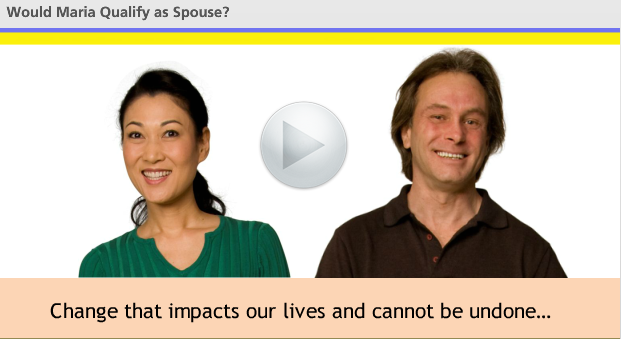What then should be done to address this?
What changes should take place in the learning design approach that will allow for instant, cheaper, yet more meaningful learning experiences in spite of the massive content that learners face daily?
Stories vs. Facts
A method to help learners find context and meaning with the massive content they face is through the use of stories. Although storytelling has been proven to help teach learners, we suggest a shift of focus away from the narrative or telling aspect of the storytelling towards the interactive nature of the story. It involves what is known as the embedded learning experience. This makes the lesson personal to the individual.
Let's analyze an example in the image below:

Image 1
Look closely and notice the embedded journalist within the combat unit. This allows the journalist to obtain first-hand experience of how it is in the frontlines, be it in Desert Storm, Afghanistan or in other war situations. There is a personal attachment to the stories being relayed, allowing for a more realistic transfer of information as well as knowledge to the third parties.
However, most often this is not the case in your regular learning event. Learning comes through the linear page-turning design. In such cases, the traditional route requires the learner to go through an entire learning module with voluminous factual details.
The Better Methodology
Between the two methodologies - massive factual data learning and embedding stories learning, the one that provides learners with a faster means of embedding themselves would be the more effective learning design. There is a need for this approach, mainly because of the following reasons:
- Embedding stories speeds up the learning delivery;
- Embedded learning stories help learners apply the ideas in their work areas;
- It shortens the time of learning because learners comprehend the embedded learning stories faster;
- Embedded learning stories engage learners.
This is the very essence why experience results in superior learning.
Sharing Experiences Strengthens Factual Points
A Scientific America study suggests that there are differences in how people learn effectively. The breakdown is as follows:
- 72% hard experience;
- 15 % advice;
- 13% formal education
This reminds us that that sharing experiences among learners strengthens the story's factual points. In addition, each shared story with its interesting details also becomes a personal contribution on the part of the person sharing the experience.
Experiences come from real life situations, events and discoveries. Other people's experiences are also shared as expert advice on best practices.
Building Blocks of Experience Sharing
When adding the experience through a story, there is a structure where learners are able to appreciate the effect. This compels them to also share their life experiences.
These are called the building blocks.
PRIOR + NEW + UPDATE

Image 2
This shows that people's thoughts, perceptions and behaviors are based on previous experiences.
A common error is the assumption that people have zero knowledge when coming into a learning session. The model shows that people have, in fact, prior experiences. It is one of the most valuable assets they bring into the learning setting.
Moving forward, the new assumption should then be - there is a new experience gained and new behavior learned all the time.
Image 3
This proves that the use of stories helps make the learning process faster, smoother and better. As these processes become locked together, the technique of embedding ideas and content in stories would help realize the better learning methodology to implement.
Preview this presentation to see how a story is used to emphasize a small key topic that serves as a trigger for experience sharing.
This is how the process works:
- Choose a small and narrow topic for ideas or content;
- Find out how much knowledge the participants have on the topic. This is done as learners share their experiences;
- The learners form their own version of the story which, in turn, allows them to retain the ideas better;
- Real-life experiences act as triggers so learners can recall the facts faster as they need them on the job.
This process bridges the old story in the mind of the learner with the new one for faster and better learning impact. This is the result of a smartly designed method of embedding stories when learning factual content.
Image 5
Memorizing and recalling facts in future on-the-job needs, work well when the facts are associated with meaningful experiences directly associated with such facts.
Conclusion:
The integration of the learner's experience into a story during a learning event, results in the learners building their own stories. If well thought out and properly implemented, the process would produce effective learning results. This is the most significant proof that experience results in superior learning.
Ray Jimenez, PhD
Vignettes Learning
"Helping Learners Learn Their Way"http://storytakes.com/output/4585/1327/index.html




No comments:
Post a Comment
Welcome! Sharing your comments is very valuable learning experience for me and others. Thanks!